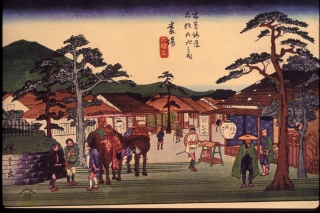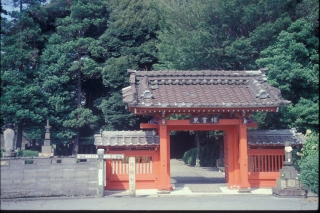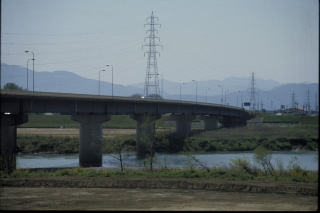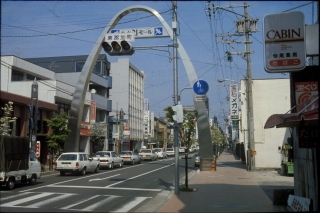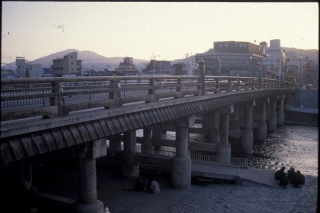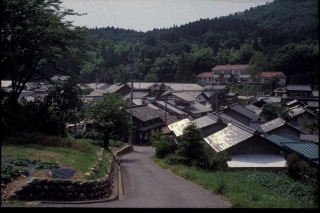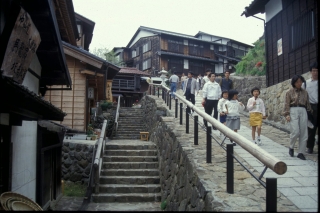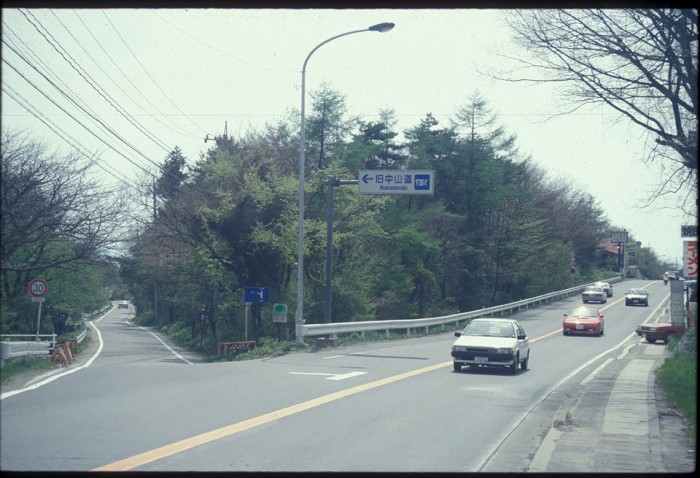
Oiwake means, literally, a ‘parting of the way’ or road junction. Post-towns were often situated at these junctions and because of the larger volume of traffic through them, they tended to be larger than other towns. Examples are Oiwake (which together with some other villages takes its name from the junction), Shimo-suwa, Kusatsu (at the junction of the Nakasendo and the Tokaido highways), Sekigahara, and Tarui.
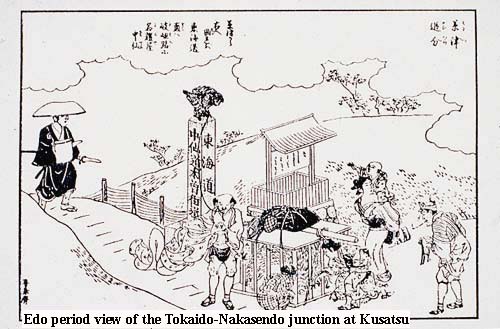
Junction of the Tokaido and the Nakasendo
With the higher levels of traffic, the post-towns at oiwake tended to have a greater role in security arrangements for the highway. At the post-town of Oiwake, for example, there was a watchtower from which guards could peer down at the two highways and monitor both sets of traffic. Entertainers and scoundrels also preferred to gather at oiwake because of the greater volume of trade, and nightlife was generally active and noisy.
